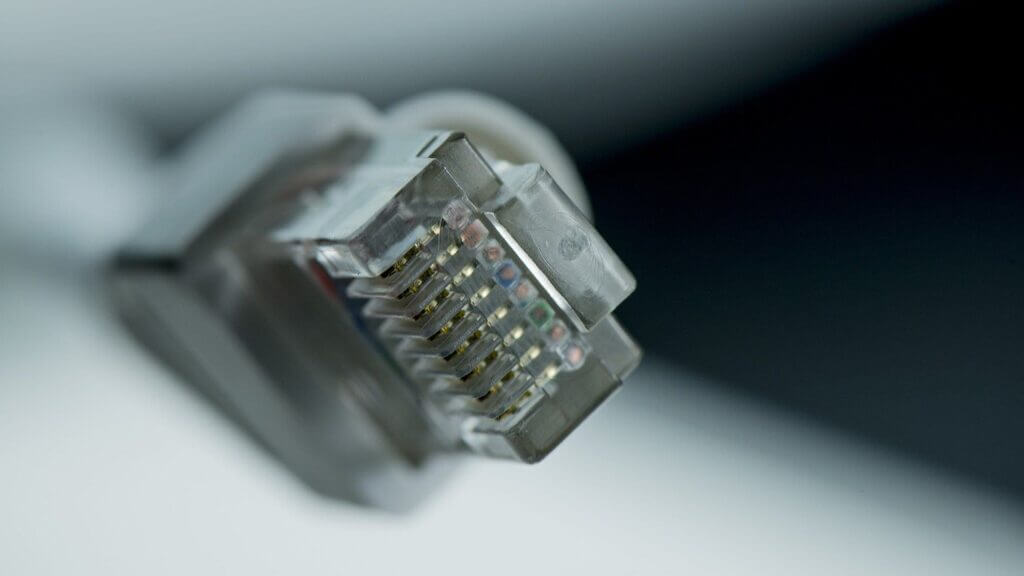Structured cabling isn’t exactly a weekend project, as it involves electrical equipment and therefore presents potential safety hazards. Additionally, designing the layout of a structured cabling system can be complicated and is best suited for expert technicians with years of experience under their belts. If you’re looking to install this type of system at your business, you may want to call in the professionals.
If you’re just getting into researching structured cabling and want to do the installation yourself, you need to be prepared for what to expect. Knowing how the exact steps for the process in advance will help you get the exact tools and materials you need for the job.
What Is Structured Cabling?
Structured cabling is a way to organize a business, campus or data center’s cabling systems and overall IT infrastructure. Structured cabling can better support a business’s needs on a daily basis, from telecommunications to security and even HVAC systems. There are six different subsystems that make up structured cabling, and each subsystem works as a puzzle piece to make the entire system reliable for your network connection.
At the end of the day, structured cabling takes all of your cables and neatly organizes them into a system that can grow with your needs. It’s versatile and efficient.

How to Do Structured Cabling: the Basics
1. Start With a Site Survey
The first thing to do for any structured cabling installation is to start with a site survey. The site survey will help you or the professional installer you choose know where to run the cabling itself. There are a few factors that can influence how the system is installed, such as:
- If you’re installing cabling in one building or multiple
- What the cabling system will be used for
- How many people will be using the network on a daily basis
Knowing the layout of the building, its property boundaries and how many workstations (computers, laptops and other devices) will be using the network will better inform the design of the cabling system’s layout.
2. Design the System’s Layout
Designing the system’s overall layout is one of the most important steps in the installation process. The installation team will need to think strategically about how the cabling system is laid out and where to run the actual cable.
You can think of this step a little like designing a house. Making sure everything is structurally sound for your current needs is definitely important, but so is thinking ahead for the future. Your business might grow and require more IT needs, so the system needs to be able to handle that scalability.
Besides cabling, cabinets and other equipment will need to find their homes within the system. This “rack layout” will need to be designed so there isn’t a mess of wires in your ceiling, which would really defeat the purpose of structuring your cabling system to begin with. This design phase is important to get right in the overall installation.
3. Choose the Right Cabling for the Job
Depending on the business’s needs, you or your installation team may need to think carefully about what kind of cabling to choose for your system. Fiber optic, twisted-pair and coaxial cables are three common types of cabling used in a structured system, but many businesses will have more than one need for their system. So you or your team will need to think a little broadly when making that decision.
Along with the types of cabling and their purposes, structured cabling standards can also dictate what equipment goes into the system. These standards ensure that the system’s performance is up to par for the business’s needs and extends to how manufacturers even make their cables.
4. Start the Physical Installation
Once the design is settled and the cabling is ready, the physical installation can start. The cabling of the system will run through all of the work areas of a building or campus, and technicians will need access to the ceiling to run cabling through it. They may also have to clear out any old cables or wiring they find.
Like with any renovation project, you’ll want the building clear and empty for the physical installation of the cabling and hardware. Racks, patch panels and other pieces of equipment will need to be moved into place as well. Depending on the size of the building, the installation could take one day or a whole weekend to complete.
Structured Cabling: Flexible, Efficient and Reliable
Once the structured cabling system is in place, it will be much easier for businesses to move, add or change the equipment within the layout of the system. Adding cabinets or workstations is easy because of the organized approach. Even if the business itself moves locations, the cabling system can be disassembled and moved to the new building without the burden of starting from scratch when it’s reassembled.
If you’re considering structured cabling for your business, these are the basic steps for DIY installation. Your best option, however, is always going to be enlisting the help of a professional so it’s properly designed and the new system is effectively assembled. Professional IT services companies can advise you on your IT network, install the cabling and even remotely manage your network after installation. With structured cabling, you can work smarter, not harder.